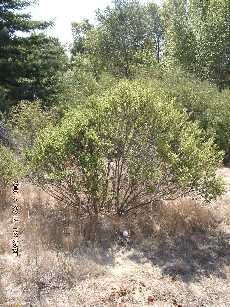
B. pilularis is a much-branched, erect shrub 1 to 4 meters high. It is a chaparral plant common on hillsides and in canyons below 2000 ft.
Click on images to enlarge. To download jpegs, save the enlarged image
to your computer.
WARNING: The bitmap (BMP) images are over 1 megabyte per image! Full-sized
jpegs are usually only about 40 kilobytes. We recommend downloading jpegs
unless you require the highest image quality.
SCALE: Unless otherwise noted, these images are two centimeters wide and just under
one and a half centimeters tall. To estimate the dimensions of zoom images, compare
to their corresponding wide-angle shot. A fully-zoomed image can represent an area
of the soil a mere three millimeters wide and two millimeters tall!
 |
Site: UCSC Arboretum
B. pilularis is a much-branched, erect shrub 1 to 4 meters high. It is a chaparral plant common on hillsides and in canyons below 2000 ft. |
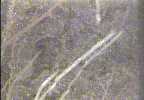 |
|
This image contains both old, darker roots, and new white roots. |
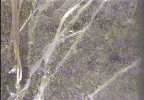 |
|
This image contains both old, darker roots, and new white roots. |
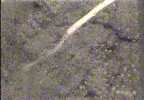 |
|
Root tip |
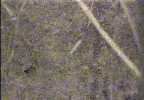 |
|
|
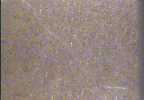 |
|
This image is from the deepest part of the tube, about 4 ft deep. |
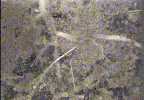 |
|
This is from an area of densely brancing roots about 2 ft deep. |
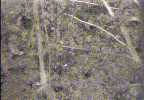 |
|
This is from an area of densely brancing roots about 2 ft deep. |
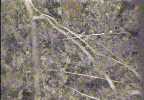 |
|
This is from an area of densely brancing roots about 2 ft deep. |
 |
|
|
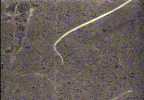 |
|
A young root. |
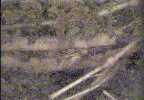 |
|
This was collected in the surface layer. Roots in this layer could belong to the large plant, or they could belong to various shallow-rooted grasses or forbs. The horizontal structure in this image may be a grass rhizome. |
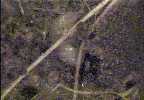 |
|
This image is from the surface litter. Notice the grub. |
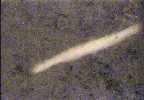 |
|
A large root tip. The image has a hazy quality, which often is a clue to the presence of fungi or fine root hairs. |
 |
|
This is a zoom-in of the image above. |
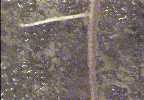 |
|
Lateral root. |
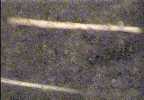 |
|
Lateral roots. |
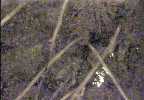 |
|
|
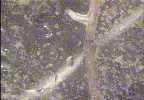 |
|
This shows a root that is forming a young lateral bud. This will later develop into a new root. |
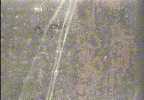 |
|
|
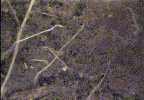 |
|
This was collected in the surface layer. Roots in this layer could belong to the large plant, or they could belong to various shallow-rooted grasses or forbs. |
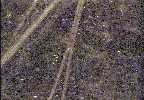 |
|
An unusually straight, unbranched root. |
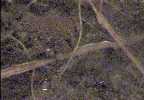 |
|
This was collected in the surface layer. Roots in this layer could belong to the large plant, or they could belong to various shallow-rooted grasses or forbs. |
 |
|
A root tip. Notice the root hairs. |
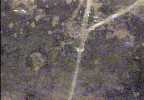 |
|
A junction on a young root. |
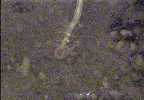 |
|
This is a zoom image. Notice the root hairs. |